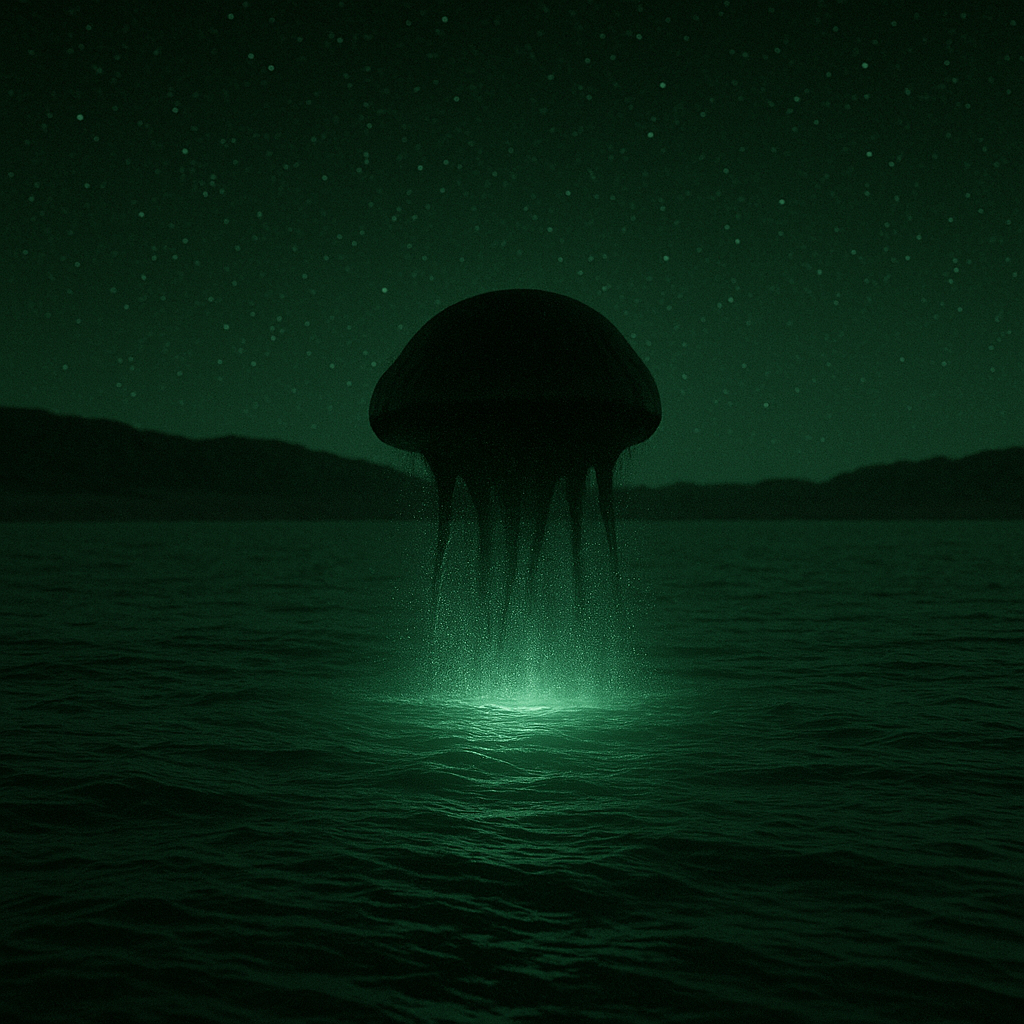Jeremy Corbell’s Open Letter to AARO: A Breakdown

Jeremy Corbell, a prominent documentary filmmaker and UFO investigator, posted an open letter on X (formerly Twitter) addressed to the Department of Defense’s All-domain Anomaly Resolution Office (AARO). His message sharply criticizes AARO’s transparency, credibility, and treatment of whistleblowers, while demanding accountability from the government office tasked with investigating Unidentified Anomalous Phenomena (UAPs).
Hey @DoD_AARO. That’s a cool UAP post to give the public faith that your Congressionally mandated office is acting in good faith to the American public – and in accordance with its assigned legal duties. However, two things…
— Jeremy Kenyon Lockyer Corbell (@JeremyCorbell) May 9, 2025
And I suspect representatives like @RepTimBurchett,… https://t.co/gURIAYvtHU
Corbell opens with a sarcastic nod to AARO’s latest UAP post, suggesting it’s a hollow gesture meant to give the appearance of openness. He points to the release of an eight-minute infrared video from 2023, captured by a U.S. platform in the Middle East. AARO labeled the footage as a UAP but claimed the data was inconclusive. The poor quality of the footage stands in stark contrast to a much clearer archive of data tied to the Immaculate Constellation program, as reported in whistleblower accounts and in Corbell’s ongoing exposé with journalist George Knapp. The two have published two parts of a three-part series, hinting that the Pentagon’s recent UAP disclosure may be a distraction from more compelling, classified material.
— All-domain Anomaly Resolution Office (@DoD_AARO) May 9, 2025
Corbell then names key Congressional allies—Representatives Tim Burchett, Anna Paulina Luna, and Eric Burlison—whose vocal support for UAP transparency echoes public sentiment. By invoking their names, he reinforces the idea that the American people and their elected officials are united in demanding answers.
A central demand in Corbell’s letter is the release of the full video from the 2017 “Jellyfish” UAP incident over Lake Habbaniyah in Iraq. He claims the most important segment—where the object enters and exits the lake—has been deliberately withheld. Corbell offers to assist in locating the missing footage, signaling he may have leads the government does not.
The second major demand calls for new AARO Director Jon T. Kosloski to publicly denounce what Corbell describes as slanderous attacks against whistleblowers David Grusch and Matthew Brown. These attacks, allegedly led by former AARO leadership figures Sean Kirkpatrick and Tim Phillips, are described as malicious and unprofessional.
Corbell escalates the critique by suggesting that whistleblowers have experienced manipulation by AARO staff, even in classified settings. He presents this as a pattern of behavior that undermines AARO’s credibility and deters future disclosures.
His letter raises the rhetorical question: why should the public trust AARO at all? Corbell implies that unless serious reforms are made, public faith in the office will continue to erode.
He also distinguishes between the integrity of individual staff members and the failures of leadership. This contrast serves as a reminder that many within the agency may be trying to do the right thing but are being held back by those in charge.
Corbell then warns that if AARO’s intent is to mislead the public through selective disclosure and internal manipulation, they are succeeding—but at the cost of institutional trust. He reminds them that AARO is legally accountable to the American people and Congress, and that failure to fulfill its mission could result in its dismantling.
Corbell reaffirms his two demands: release the full Jellyfish video and protect whistleblowers. He frames these as not just reasonable asks, but ethical obligations.
Ending on a constructive note, Corbell offers to speak directly with Director Kosloski and reiterates that trust can only be earned through genuine transparency. He signs off with a reminder that they are all ultimately on the same team—serving the public interest. This open letter is more than a call-out; it’s a challenge to an entire office under growing scrutiny. The underlying themes are clear: transparency, accountability, and a demand for integrity in the pursuit of truth about the UAP phenomenon.


